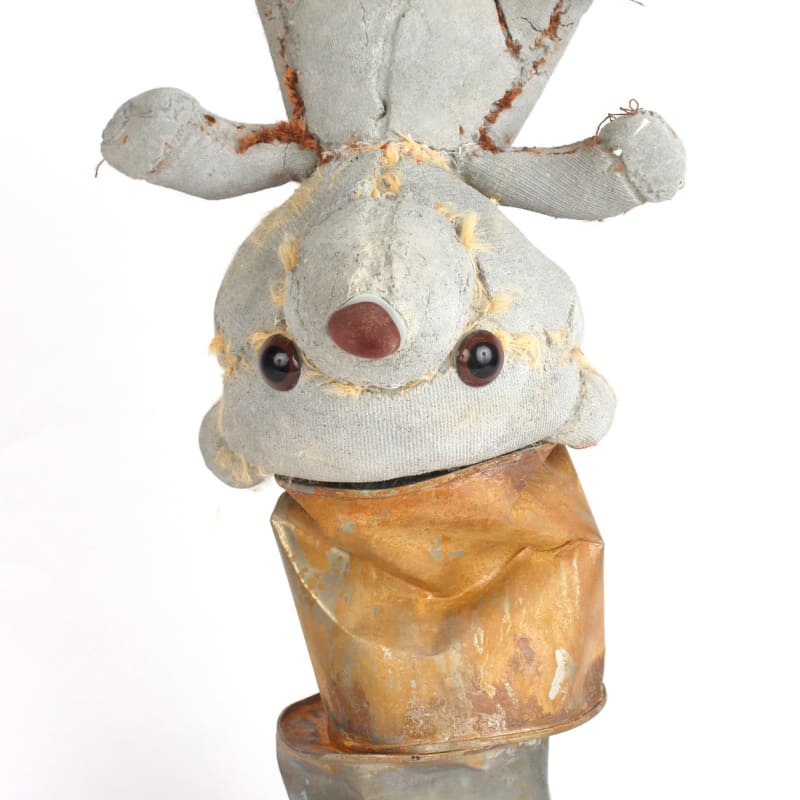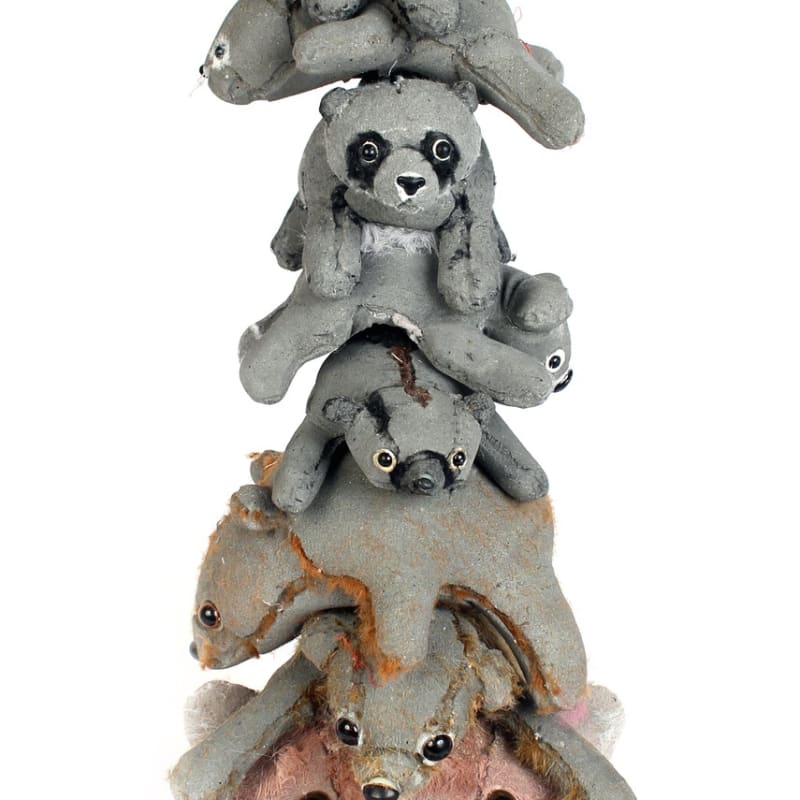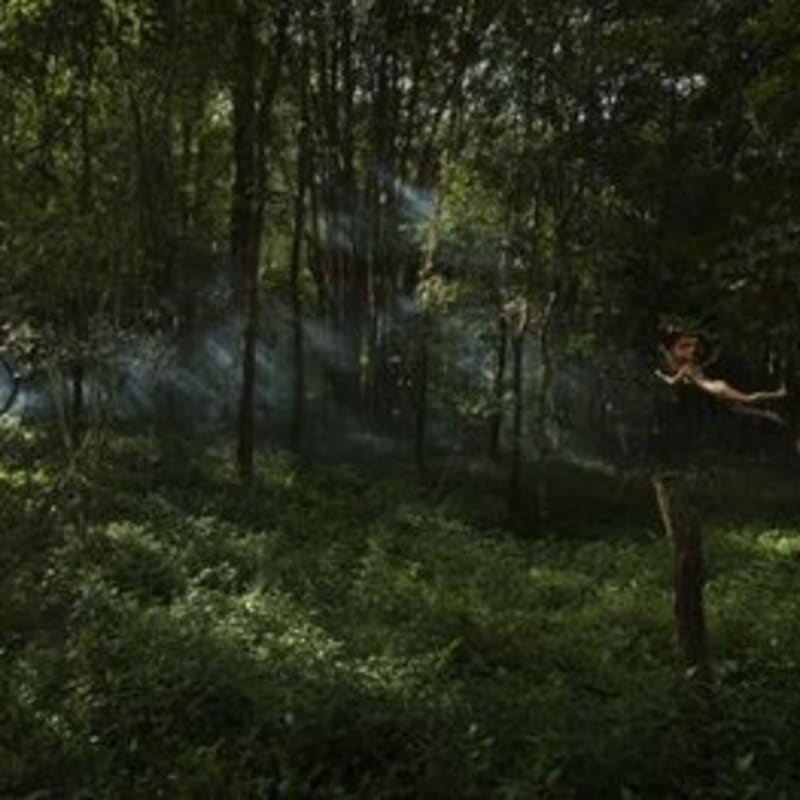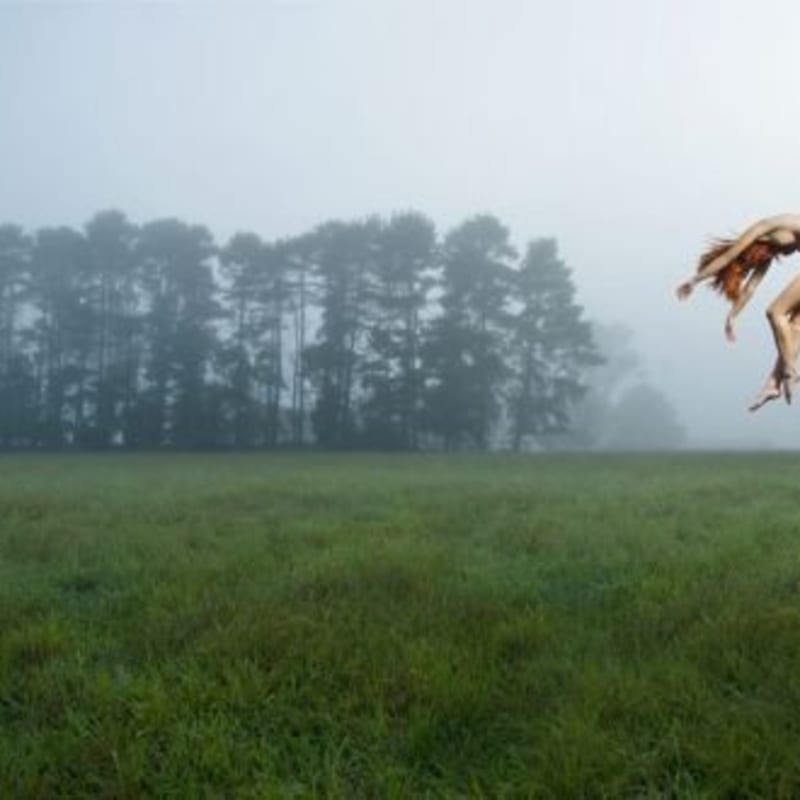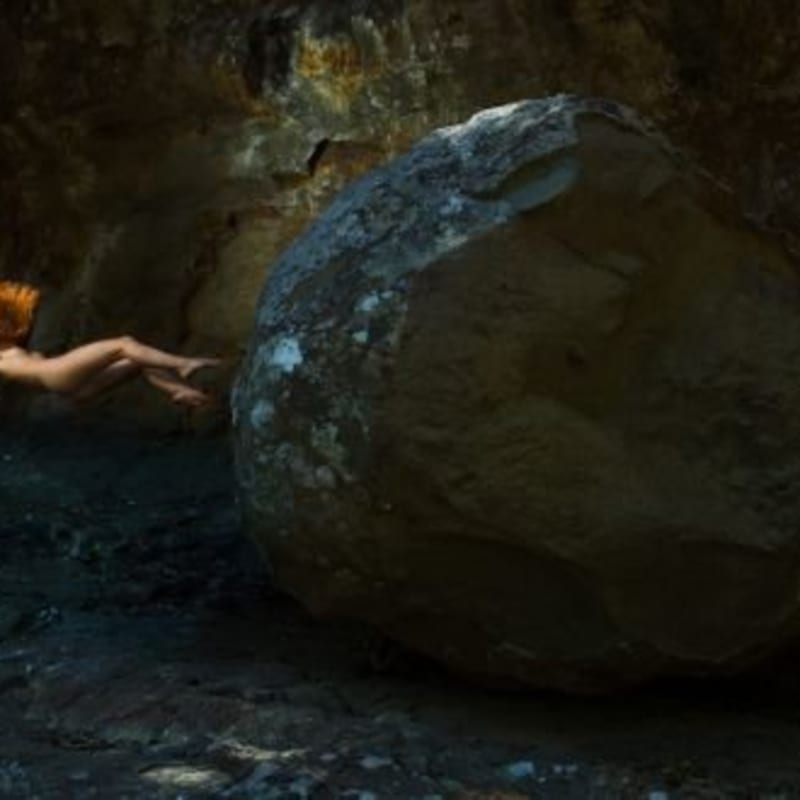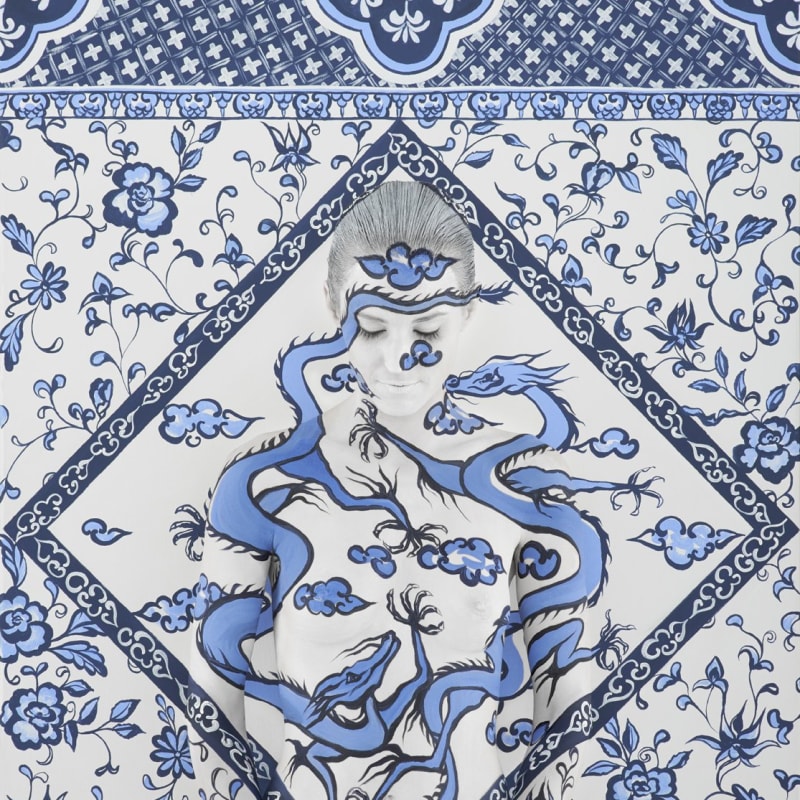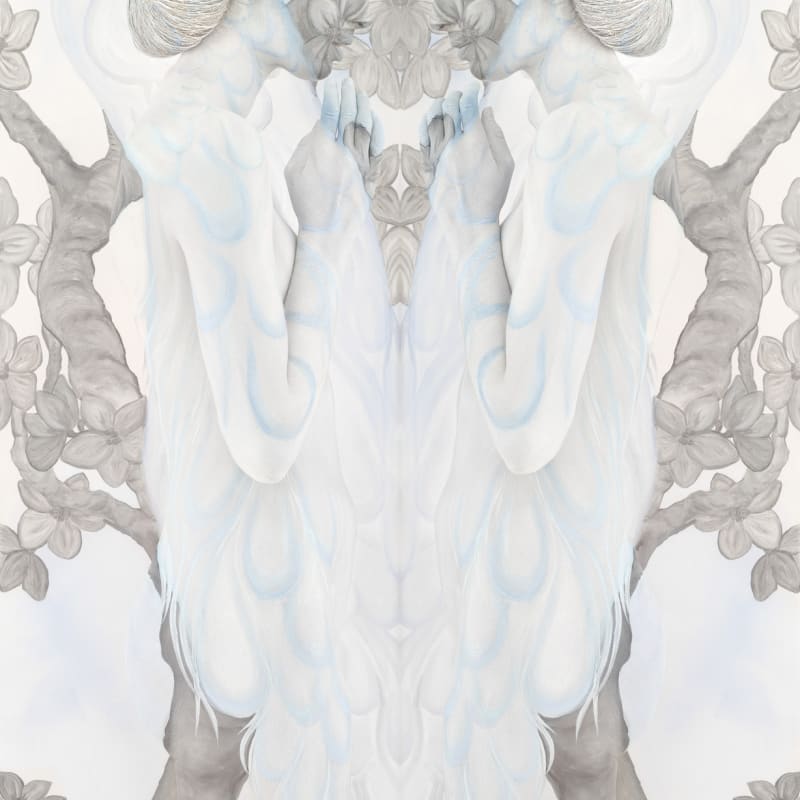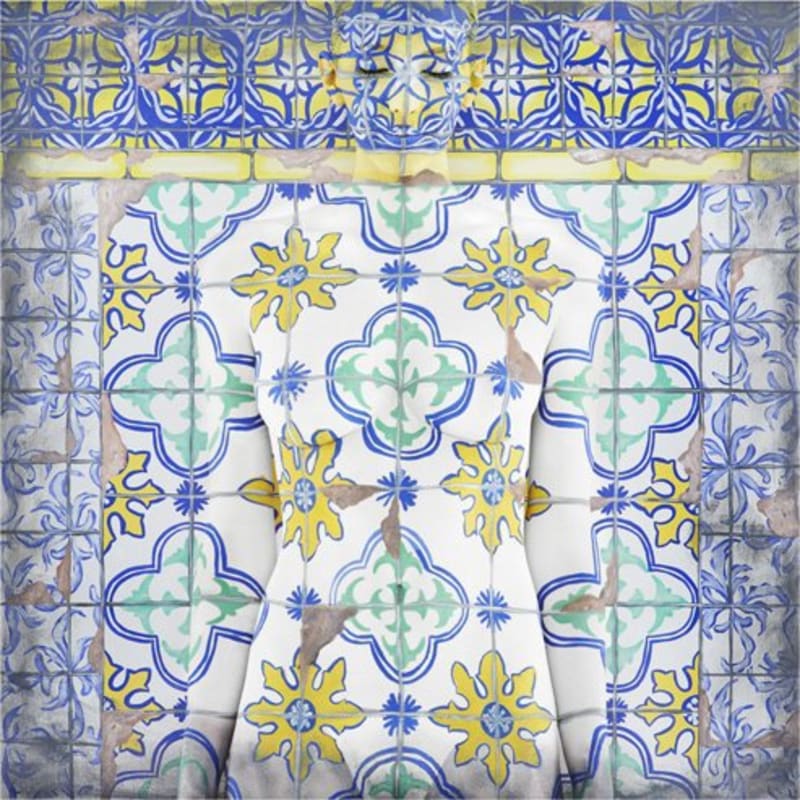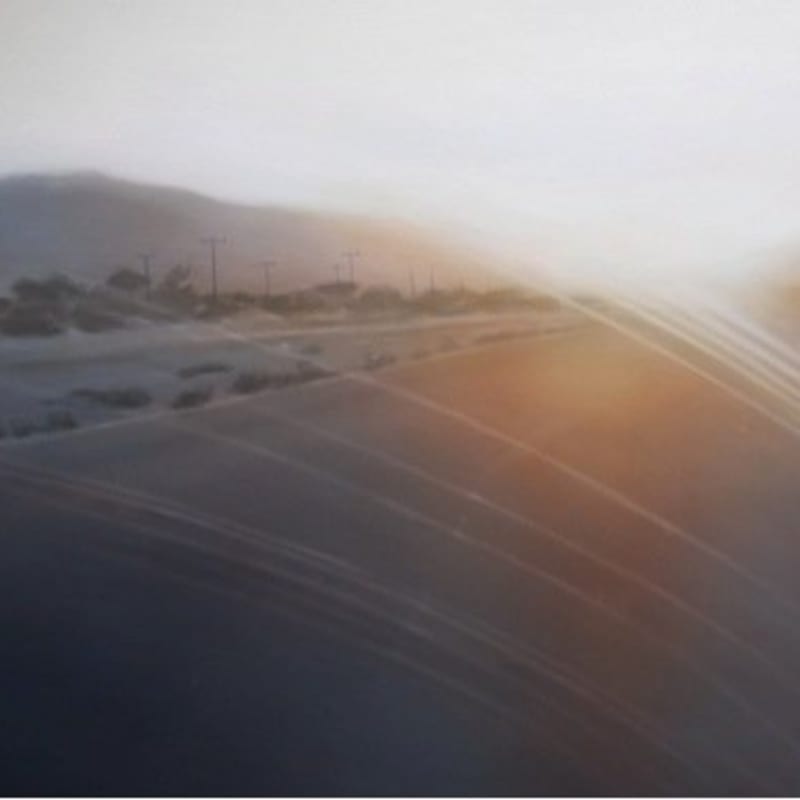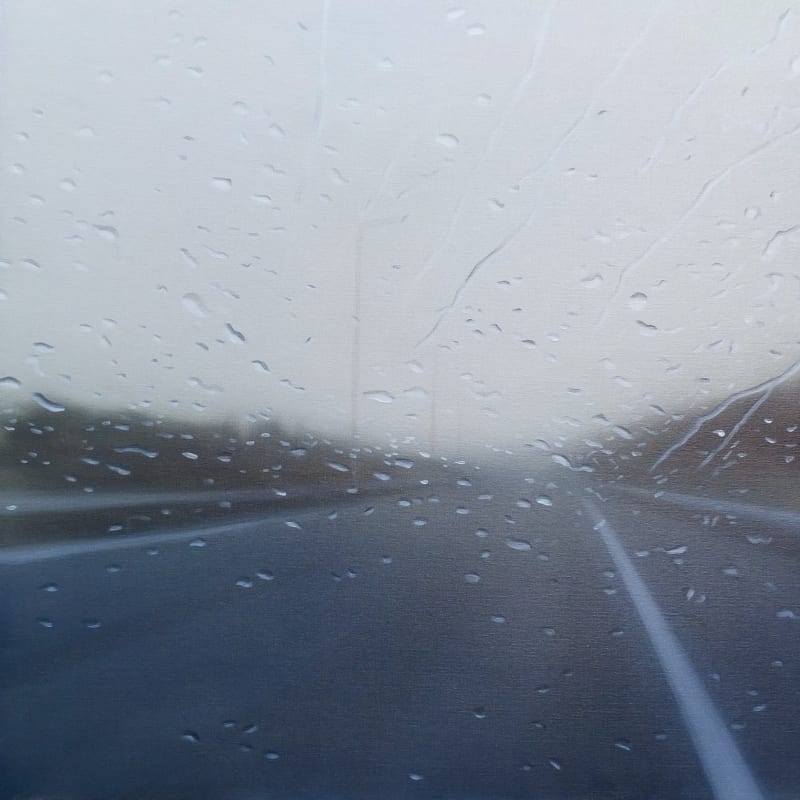The Art of Illusion : Group Show, NYC
The Art of Illusion is an exhibition which showcases work by different artists who play with the viewer’s visual and sensory experience through the magic in their work. Perception and Illusionism are two of the most longstanding traditions in art, yet each of these artists bring these visual aspects right into the contemporary sphere and playfully address them in a variety of disciplines.
Ross Bonfanti's concreatures are created from cement, hardware materials and found soft toys, all collected in the artist's native Toronto. But even as he redefines their sumptuous bodies and studs them with nails and screws, Bonfanti deliberately retains the toys' fluffy seams, their felt noses and their glass eyes. The sculptures stand in a striking state of in-between: Fortified for modernity and urbanity, the charm of a bygone age still lingers.
Toby Burrows' edgy style and award-winning photography have been celebrated with a World Press Award, New York Festival Gold and numerous Cannes and one show finalists. In his work, he seeks to 'create images that sit on the edge of reality, dreamscapes that are open to interpretation. There is a simplicity and honesty to great photography'.
Emma Hack, an Adelaide-based artist, has been exhibiting extensively throughout Australia since 1999. Through a combination of painting on canvas, body painting and studio-based photography, Emma's works evoke a rich array of visual narrative and magical realism. The reaction new viewers have to Emma's work is usually one of intrigue. Drawn in by the exquisite designs and striking representations of animals, it is not long before there is the realization that a human form, a person, and/or an animal, is present in the work.
Esther Nienhuis is a Dutch artist. In her Saudade series, she represents, and simultaneously undermines, physical boundaries:
'A view is shown from behind the rain-covered or sun-lit windscreen of a car. Thick drops dance over the screen or are smashed against the side, swept away by the wipers. The film of water and the reflection of the sun on the otherwise invisible glass partly deform the view. This perturbing layer is always present, in between here and elsewhere. The screen uncovers the world that is longed for and excludes it at the same time.'
-

Ross Bonfanti, Rainbow Pony, 2015
-

Ross Bonfanti, Crashsite 2, 2015
-

Ross Bonfanti, Bearing the Weight, 2015
-

Toby Burrows, Watching (Medium), 2010
-

Toby Burrows, Fallen Mist, 2010
-

Toby Burrows, Close (Medium), 2010
-

Emma Hack, China, 2013
-

Emma Hack, Peacock Whispers I, 2012
-

Emma Hack, Dwelling Facade - Lisbon, 2013
-

Esther Nienhuis, Saudade 29, 2013
-

Esther Nienhuis,Saudade 31, 2013

